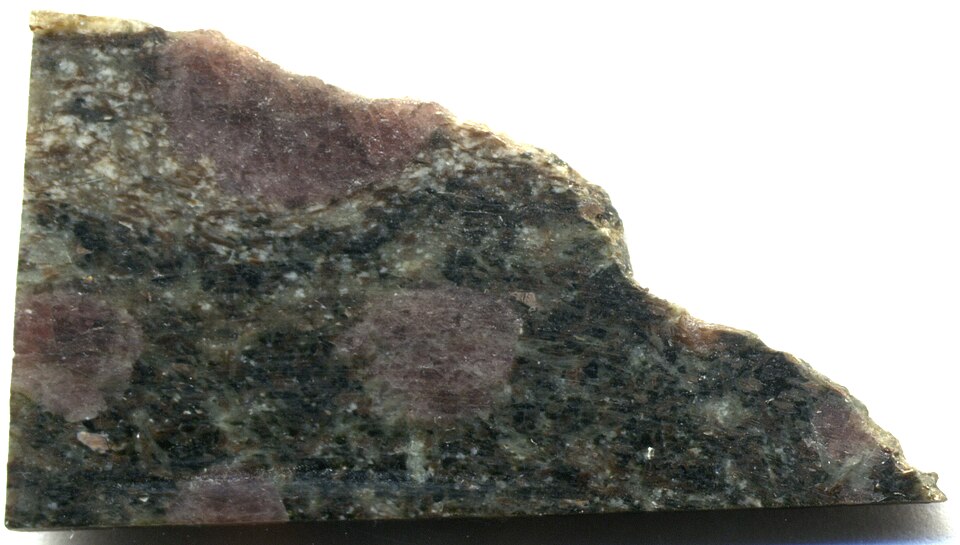World’s Oldest Rocks Confirmed in Canada’s Nuvvuagittuq Greenstone Belt

Geologists have confirmed that the Nuvvuagittuq Greenstone Belt, located in northern Quebec, is home to the world’s oldest known rocks, dating back approximately 4.16 billion years. This pivotal discovery, led by Dr. Jonathan O’Neil of the University of Ottawa, sheds light on the early geological history of Earth, offering insights into the Hadean Eon, a period characterized by intense volcanic activity and meteor bombardment.
The recent findings validate previous assertions that the belt's unique metagabbros provide a rare glimpse into Earth's formative years. According to Dr. O’Neil, the analysis employed a double-dating technique utilizing rare-earth elements, specifically measuring the decay of samarium-146 into neodymium-142 and samarium-147 into neodymium-143. This innovative method was necessary due to the absence of zircon crystals in the Nuvvuagittuq rocks, which are typically used to date ancient geological formations.
The Nuvvuagittuq Greenstone Belt is remarkable not only for its age but also for its composition. The rocks, primarily basaltic, exhibit signs of interaction with ancient seawater, suggesting they could hold clues regarding the origins of life on Earth. This interaction is particularly significant as it indicates that even in the harsh conditions of the Hadean Eon, the building blocks of life may have been present.
Historically, the Hadean Eon marks the time when Earth was still cooling from its molten state, a period from around 4.6 to 4.0 billion years ago. The relentless volcanic activity and bombardments created an inhospitable environment, making the preservation of geological records from this era exceedingly rare. The Nuvvuagittuq Belt stands as a solitary remnant of this tumultuous period, offering scientists a unique opportunity to study early Earth conditions.
In addition to its scientific significance, the Nuvvuagittuq Greenstone Belt holds cultural importance for the Inukjuak Inuit community, who regard these rocks as sacred remnants of their ancestral past. Recently, concerns have been raised regarding over-sampling at the site, prompting the Inuit Pituvik Landholding Corporation to impose a suspension on new research permits to protect their heritage.
The implications of this discovery extend beyond geology. As Dr. Sarah Johnson, a geologist at McGill University, notes, “Understanding the conditions under which these ancient rocks formed can provide invaluable insights into not only Earth’s past but also the potential for life on other planets.” This perspective aligns with ongoing research in astrobiology, where scientists explore the similarities between early Earth conditions and those found on celestial bodies like Mars and Europa.
In conclusion, the confirmation of the Nuvvuagittuq Greenstone Belt as the world's oldest known rocks opens a new chapter in our understanding of Earth’s geological history. As researchers continue to study these ancient formations, they not only uncover the secrets of our planet’s past but also contribute to the broader quest for knowledge about the origins of life in the universe. The ongoing collaboration between geologists and the Inukjuak Inuit community underscores the importance of balancing scientific inquiry with cultural preservation, ensuring that both heritage and knowledge are respected and protected.
Advertisement
Tags
Advertisement





